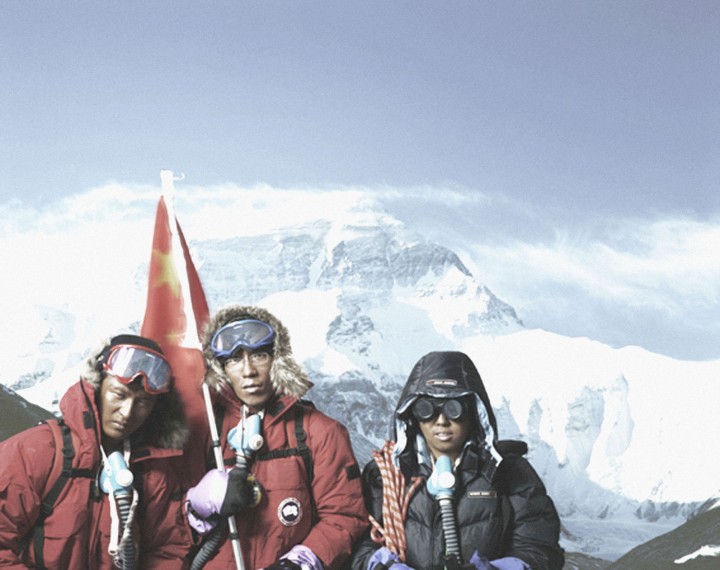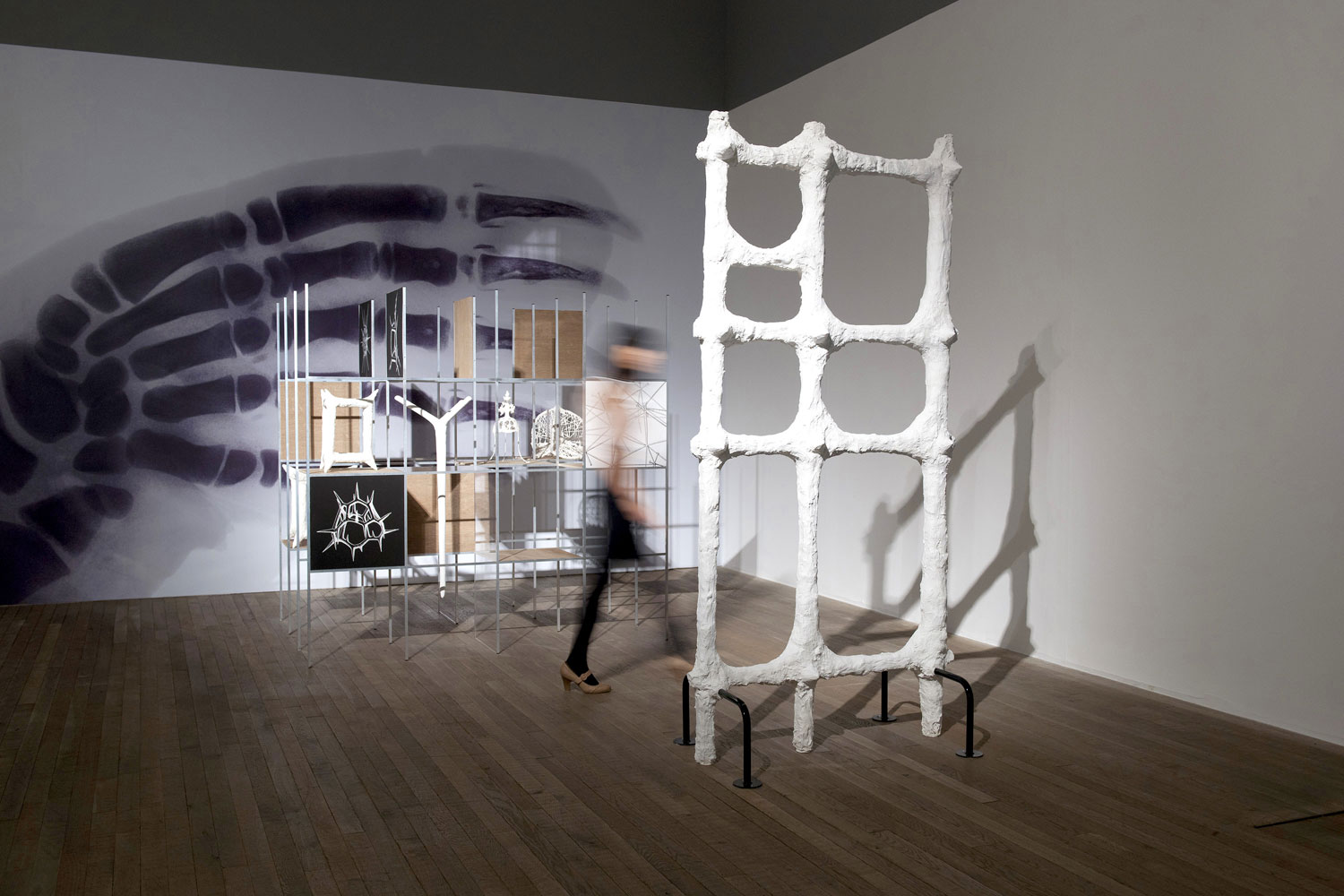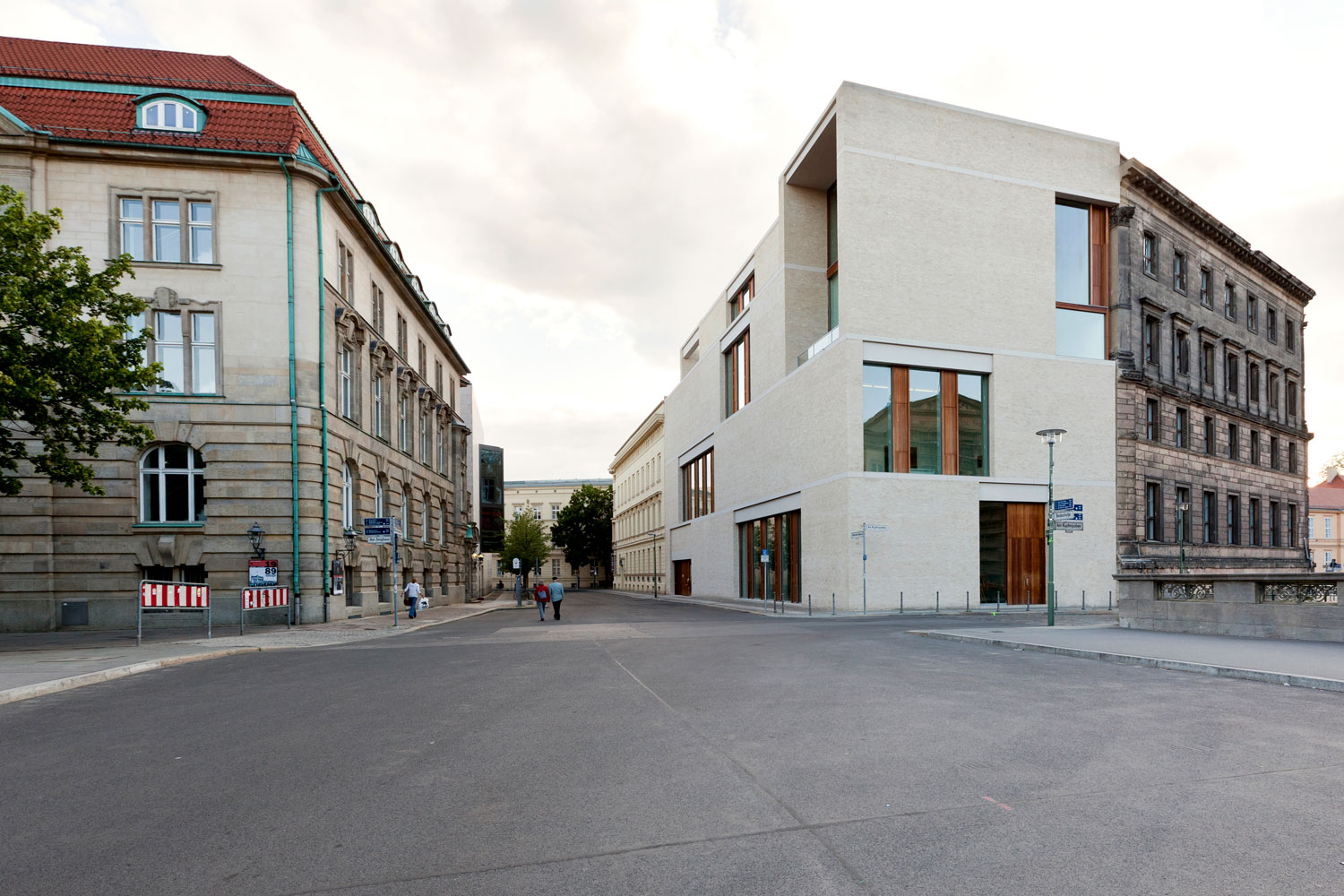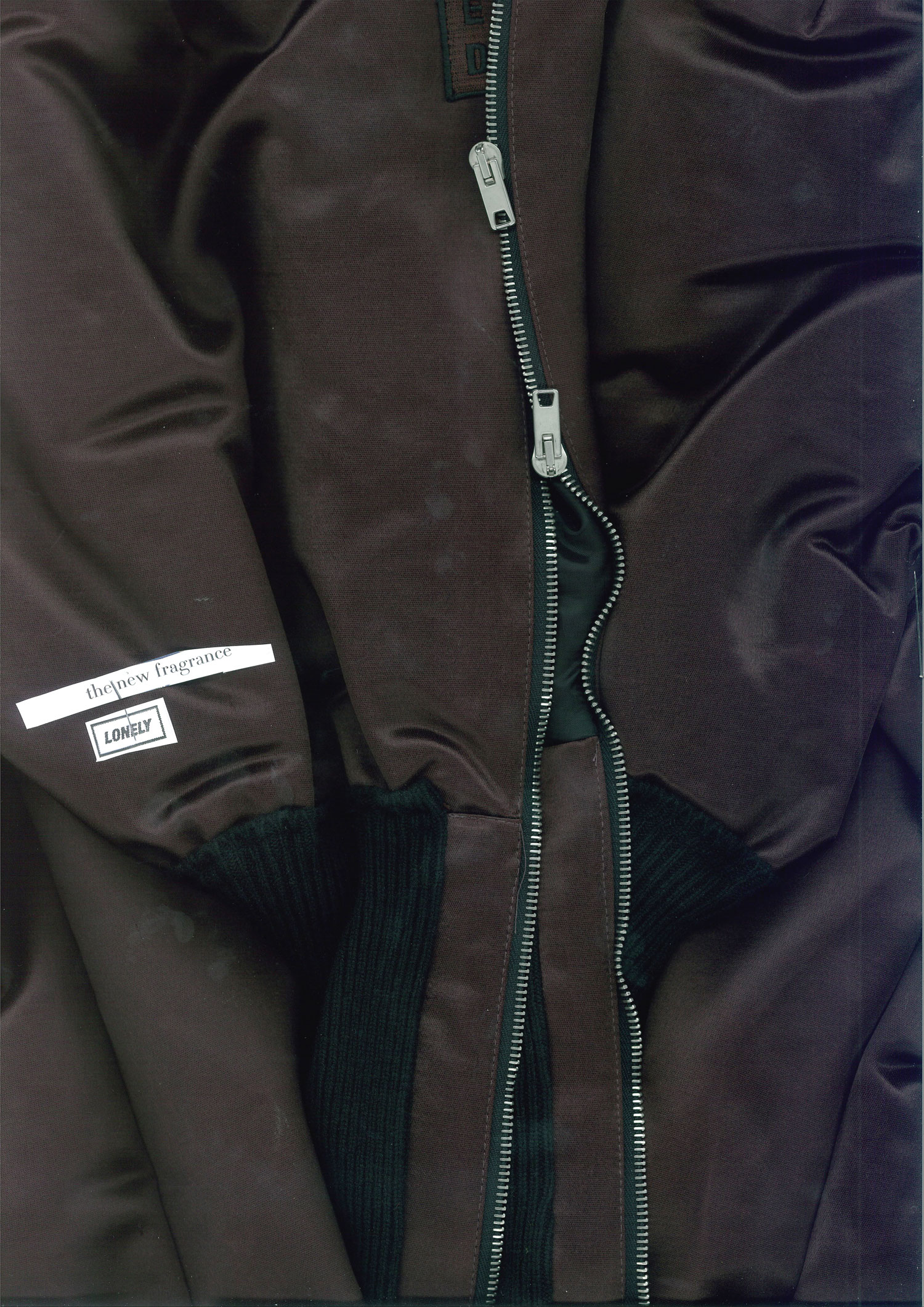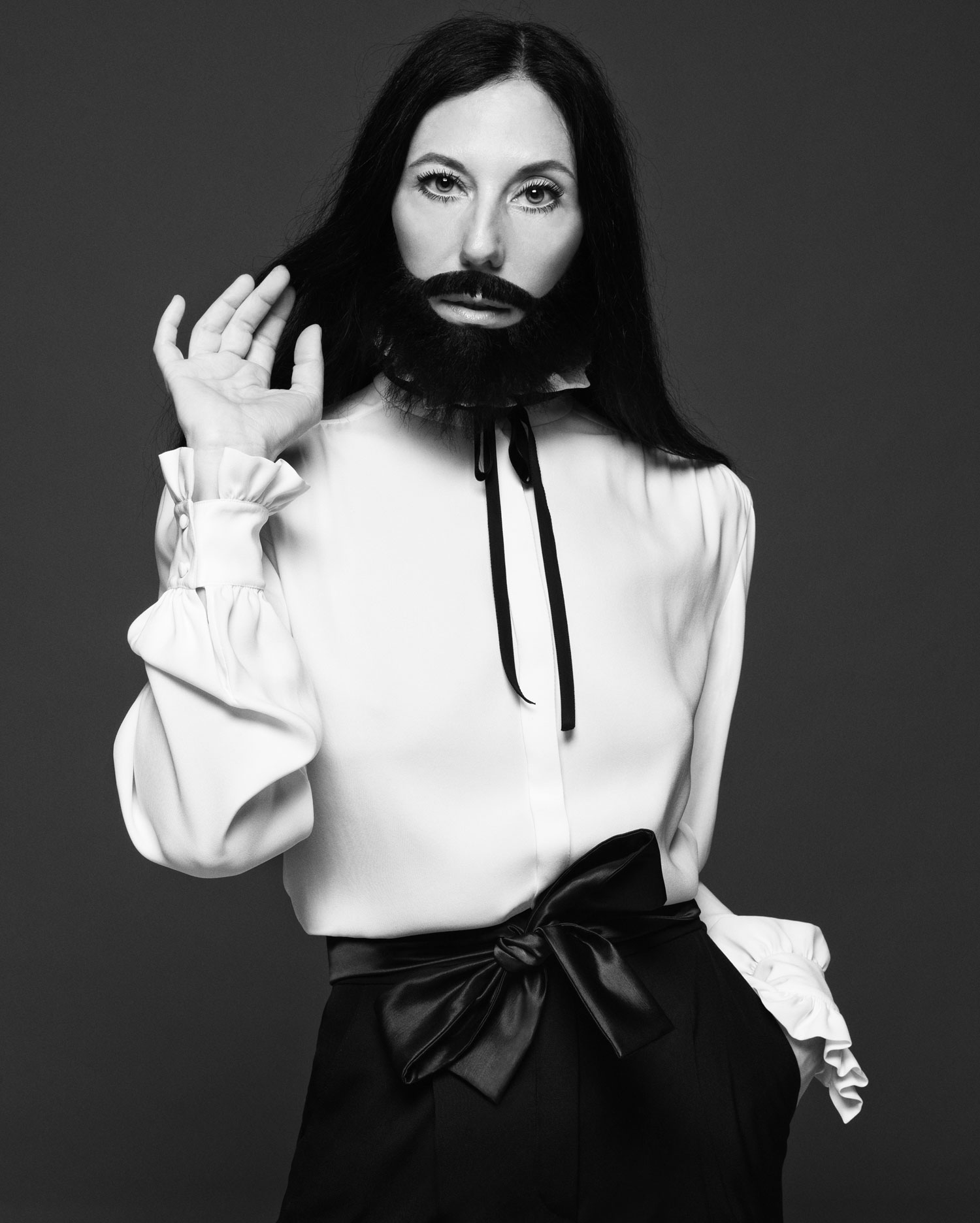Xu Zhen is a self-made artist, and he has gone to great lengths to muddle this fact. The recursive trajectory of disassembling his self from his work, then reinserting it (“Xu Zhen”) back into his practice, has evolved into its most trenchant narrative; one that is poetically aligned with countless modern quandaries concerning the agency of individuals caught in systems. Whether a viewer well-versed in contemporary Chinese art who has been inundated by his activity for the past fifteen to twenty years, or a viewer who has only encountered Xu Zhen’s work sporadically — as often in art fairs as in discursive international exhibitions — today one reads the artist as inextricable from the entity he founded and which subsequently remade him: MadeIn Company. Yoked by methodically managed authorial ambiguities, Xu Zhen and MadeIn exploit each other as a model of contemporary artistic production that is critically engaged, distanced and above all prolific.
Prolific is a word that has been used to describe Xu Zhen since long before he founded his shadow organization. Born in 1977, living and working in Shanghai for the majority of the time since then, Xu came of age in the 90s, before the Western art world’s gold rush on China. He has worked in many mediums — video, performance, sculpture, painting, ceramics — and beyond making work he has instigated a range of activities as a curator, writer and catalyst for infrastructures. He was a co-founder with Davide Quadrio of the BizArt Art Centre in Shanghai in 1998, a lab for funding fringe exhibitions by young local artists through its creative services for hire. Then in 2006 he helped create Art-Ba-Ba, a website that remains one of China’s most active and influential forums for the discussion of contemporary art.

Some of Xu Zhen’s first works to win international attention were unveiled in contexts that are absolutely central to the Western art world. In 2001 he became the youngest Chinese artist to participate in the Venice Biennale, with a video called Rainbow (1998) in which a back is slapped again and again. The footage of the strike itself is removed, but the sound remains, and along with it, the exposed flesh records a gradient of reds as harm accumulates. Xu has never refused the Western art world — or any alternative to it, for that matter — but at the same time he has constructed a distance from it and from every circumstance, whether political, economic or aesthetic, in which he situates his work.
There are trace elements of this distancing already at play in Rainbow, which holds back the most visceral visual substance from the work. In March 6 (2002), the performance for which he had attendants dressed as psychiatric patients follow visitors throughout the gallery, again confrontational immediacy is foiled by a withholding withdrawal: while their presence cannot be ignored, the performers never engage with their audience directly. A subconscious analog for Xu’s work might be the rift between classes that has widened throughout his maturation as an artist. Parallel realities of separate, unequal populations occupying the same physical space have become the norm around the world. As in Xu’s work, in modern society there are tensions perpetuated by the conventions installed to control them.
The tagline most successfully proliferated about Xu Zhen has been that his work engages social-political taboos. This is not inaccurate, although it’s a mild way of alluding to the extremes to which he’s poked at the subject of human exploitation, which one might say is the economy fueling the engine of corporate culture. The first work that seared Xu Zhen into my mind was his 2008 piece presented at Long March Space in Beijing, The Starving of Sudan 1, which I never saw.
The installation was a recreation of a 1994 Pulitzer Prize-winning photograph shot by Kevin Carter (who committed suicide soon after receiving the award, for which he was profoundly criticized) depicting a Sudanese baby being circled by vultures. At it’s heart was the poetic stunt of procuring a live African baby to sit in the gallery. Someone in New York had asked me if I heard about the Chinese artist who bought a black baby and put it in a white cube full of hay; the shock that this could happen somewhere, that it would not be prohibited by law or immediately shut down by civilians with pitchforks and lit torches, was scary — although, I wondered, if this could actually happen in China, then what other impossible things could happen there in the name of art?

I had been misinformed about the details of that piece. No baby was purchased. The child was in the care of her parents, Guinean immigrants living in Guangzhou. The mother was present at the gallery throughout the exhibition, and she was paid for her time. Naturally, this is a deeply problematic transaction (renting two disenfranchised people for intellectual entertainment), exactly the kind an artist might orchestrate as a work unto itself. However instead of taking that route, the moralizing and under-stimulating one, Xu Zhen buries the systemic details beneath the façade of his project. One only learns of the hows and whys by prying deeper. Meanwhile, the tableau is left raw and uncensored, unperturbed by an outward political agenda. It is an autonomous, unconscionable, unforgettable image that comes into focus, which can travel around the world via rumor, or, befitting the installation’s origin as a picture, through the complicit photography and burgeoning social media habits of its visitors.
Xu Zhen is capable of willing discourse into existence by means of aesthetics over didactics. The then fifteen-year-old photograph was exhumed in 2008 because China had recently entered into contentious trade agreements with Sudan, among other African countries. The Starving of Sudan 1 (2008) also recalls the practice of first-world parents leasing their children to TV productions, illustrating how his works often serve as two-way mirrors on East and West, casting the reflection of one culture back onto itself.
Another of the artist’s greatest hits from this era is In Just a Blink of an Eye (2005) — performers are frozen in precarious positions, feet planted on the ground with bodies tipped over-backwards, beyond limbo, so close to falling over that they seem to defy gravity. In actuality they are resting on transparent supports, but they are nonetheless props, whose vulnerability and unresolved state of being were highlighted in subsequent performances in international cities like New York, where those enlisted for the piece were illegal Chinese immigrants.
Long fixated on those under the thumb of socioeconomic systems, Xu had grown increasingly discontent with his own station within the art world as an individual. Even operating simultaneously on different registers — artist, curator, etc. — he could not, as one corporeal entity, play the roles designed for a corporation. So in 2009 he emancipated himself from his singularity and opened MadeIn Company in Shanghai. The business’s name contains multiple meanings: phonetically, it is Mandarin for “organization”; in another play on words, mei ding implies a process without an end; while to a Western ear it is synonymous with China’s disparaged, de facto slogan exported throughout the late twentieth century: “Made In China.” Its website describes itself as a “contemporary art creation company, focused on the production of creativity, and devoted to the research of contemporary culture’s infinite possibilities.” This encompassing promise sounds like language designed to keep shareholders content. It is ambitious and aspirational, but also generic enough not to set measurable expectations. Xu Zhen serves as CEO (the MadeIn website lists more than two dozen other named personnel) and in assuming this position he decisively ended his personal art career. Henceforth, all works are credited to some variant of “Xu Zhen, produced by MadeIn Company.” It’s essentially a Baldessarian gesture — razing one’s history in exchange for a blank slate and a new born-on date — and in that sense, it’s a quintessentially Western one, as much as it epitomizes an Eastern sentiment of detachment. More important than the ricochet between longitudinal polarities, however, is the transcendent corporatized ethos of MadeIn; having synthesized cultural binaries already, the global supremacy of corporate entities is one of the most urgent realities for this era to parse.

The first work produced by MadeIn was a 2009 show at ShanghART’s H-Space called “Seeing One’s Own Eyes: Middle Eastern Contemporary Art Exhibition.” The pseudo-anthropological exhibit stitched together cliché’s of “Middle Eastern art” such as Arabic calligraphy, desert fauna and Gulf antiquities in an effort to present the image of art that was non-Western but also not Chinese, bringing into question matters not just of authenticity and otherness, but more specifically to lampoon demonstrative identity as a feature that has evolved into a market construct. For a time, MadeIn took the place of Xu Zhen as the author and producer of his works. Then, in 2013, the company cannibalized the artist entirely, spitting him out to the world as a brand called “Xu Zhen,” refining the notion of authorship to an essence of mercantile absurdity.
So far 2014 has been a banner year for Xu Zhen and MadeIn, with back-to-back projects interweaving commercial and institutional interests. In March, Xu Zhen was commissioned by The Armory Show in New York (whose international “Focus” this year was China, with a selection of Chinese galleries curated by Ullens Center for Contemporary Art director Philip Tinari) to contribute material to be co-opted for the fair’s graphic identity and marketing. His “Under Heaven” series of paintings produced in the goopy, striated style of icing decoration were disseminated onto everything associated with the fair from ads to VIP cards. Following that, the Ullens Center for Contemporary Art in Beijing opened a mid-career retrospective, “Xu Zhen: A MadeIn Company Production,” tracing dozens of these formative works. The exhibition also presented a new sculptural series, “Eternity,” which literally turns clichés of Eastern and Western statuary on their heads — the anatomical point at which several figures are fused together into reflexive, art-historical mirror images of one another.
Another work reproduced for the UCCA exhibition was Xu’s iconic ShanghART Supermarket installation, of a Chinese grocery replete with branded products full of nothing, a wildly popular polemic on packaging first sited at the 2007 edition of Art | Basel | Miami Beach. Taken as a metaphor for his output as a whole, what Xu Zhen is always selling is in some way the shell for a void: the ever-expanding oblivion where art, commerce and humanity all seem to lose themselves in one another.

